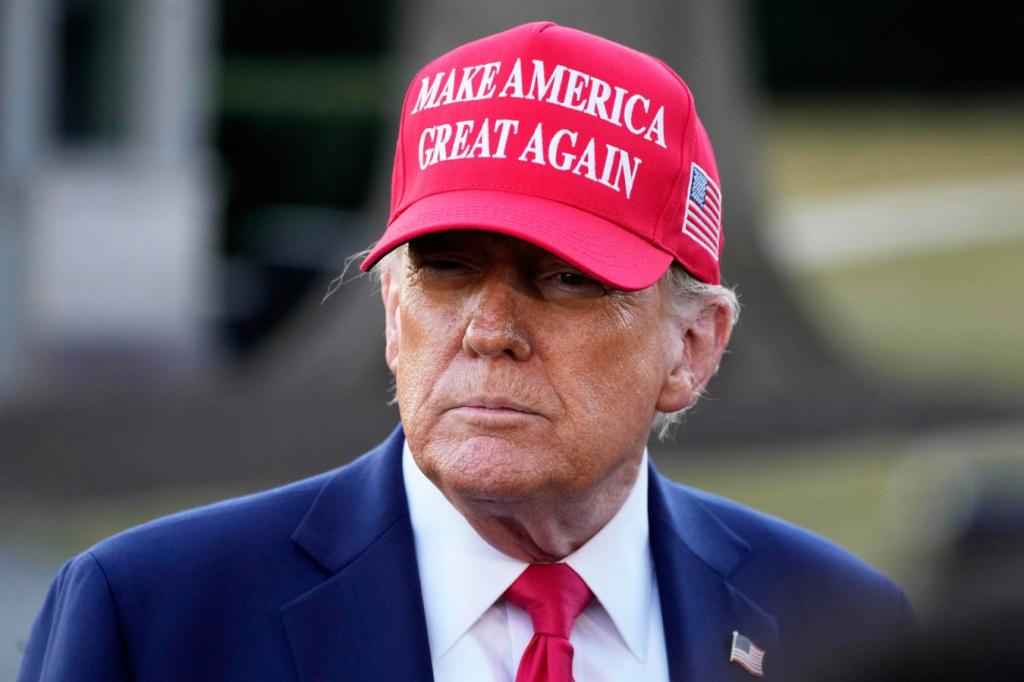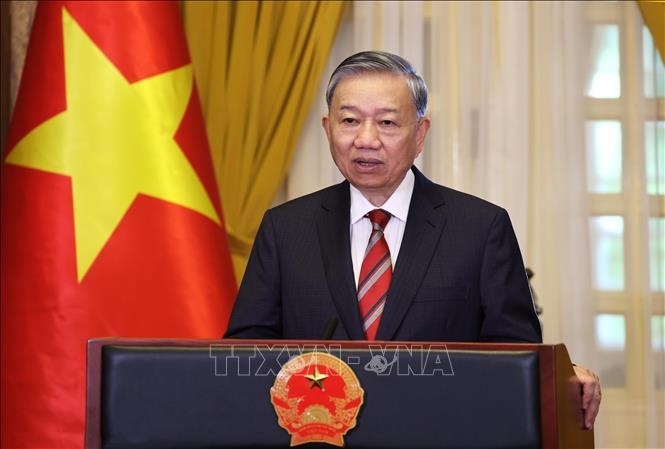Trump Establishes Strategic Bitcoin Reserve for Future Innovation
Explore how Trump's Strategic Bitcoin Reserve is reshaping U.S. digital asset policy and positioning bitcoin as a cornerstone of future financial innovation.

Key Points
- President Trump's executive order establishes a Strategic Bitcoin
Reserve, positioning bitcoin as a long-term store of value akin to gold.
- The reserve is primarily funded by forfeited bitcoins, avoiding market destabilization while reinforcing trust in U.S. monetary policy.
- Legislative support for the BITCOIN Act is essential to ensure the Strategic Reserve's long-term management and protection from political interference.
In a groundbreaking move,
recently signed an executive order to establish a Strategic Bitcoin Reserve alongside a U.S. Digital Asset Stockpile. This decision signals a pivotal moment in the U.S. government's approach to cryptocurrency and reflects a broader acknowledgment of digital assets' potential impact on the financial landscape.
The formation of this reserve aims to create a “digital
” for bitcoin, preserving approximately 200,000 bitcoins seized from various criminal and civil proceedings. This initiative not only positions bitcoin as a long-term store of value—akin to gold—but also emphasizes a clear distinction between bitcoin and other digital currencies.

A Measured Approach to Digital Assets
Trump's administration has taken a careful stance by limiting the Strategic Reserve's holdings primarily to forfeited bitcoins, aiming to mitigate any destabilizing impact this could have on the U.S. dollar. By avoiding large-scale purchases of bitcoin on the open market, the government seeks to maintain confidence in its monetary policy and avert triggering panic about the dollar's stability.
This executive order acknowledges bitcoin's unique status, labeling it as the only strategic asset while allowing other digital assets to be held in the Digital Asset Stockpile. This framework suggests that while bitcoin has emerged as a trusted digital asset with institutional backing, other cryptocurrencies still require a period of assessment before full endorsement.
Long-Term Implications and Market Reactions
Despite initial skepticism in the market, the implications of the Strategic Bitcoin Reserve are profound. The announcement saw bitcoin's price experience volatility, ranging from approximately $92,400 to $84,971 before rebounding. Investors reacted strongly to the expectation that the U.S. might start acquiring bitcoin actively; however, the absence of such measures led to a recalibration of market expectations.
Ultimately, this executive order not only differentiates bitcoin from less established digital assets but also educates the public regarding its distinct attributes. By leaning into bitcoin, the U.S. government is taking steps to further formalize cryptocurrency's role within the American economy, thereby paving the way for greater acceptance and integration among the broader population.
Moving Forward: Legislation and Cost Neutrality
For this policy to gain lasting traction, it is crucial that the Strategic Bitcoin Reserve is reinforced through legislative action.
’ proposed BITCOIN Act is one route to ensure these assets are not mismanaged by future administrations. This proactive approach will solidify the reserve's purpose as a secure store of value and protect it from political whims.
Moreover, the executive order emphasizes a cost-neutral strategy in accumulating additional bitcoin. This commitment to avoiding taxpayer burden illustrates a responsible approach to managing these new assets. By strictly acquiring bitcoin through previously seized assets, the administration not only steers clear of political landmines but also maintains fiscal responsibility.
Encouraging Innovation While Preserving Stability
By establishing this Strategic Reserve, the United States positions itself as a leader in the inevitable convergence of traditional finance and digital innovation. As the global financial landscape continues to evolve, this executive order reflects a blend of visionary thinking and fiscal prudence. Importantly, it keeps the dollar's dominance intact while embracing the transformative potential of cryptocurrencies.
Ultimately, this initiative encapsulates a decisive shift in policy, placing bitcoin at the forefront of economic innovation. With increased dialogue around cryptocurrency and shifting public perception, we're witnessing an evolution that may soon shape the fabric of American finance in an increasingly digitized world.


